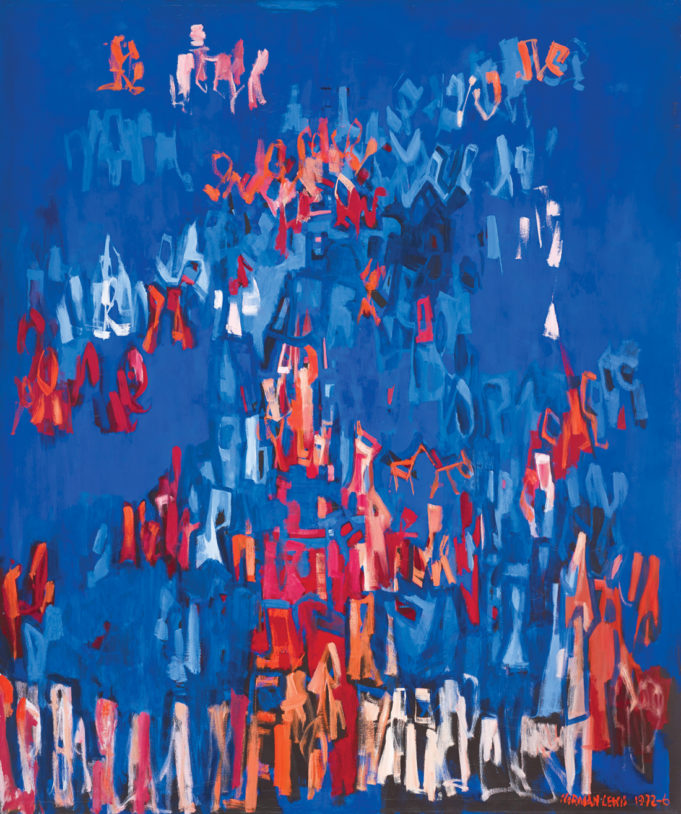Many people don’t think of African-American artists when they think of the great American abstract painters of the mid-20th century. Norman Lewis, born in Harlem in 1909 to Caribbean parents, made an abrupt turn into abstract-expressionism in the 1940s, a career move that resulted in great canvases that showed his mastery of color and line. However, it also left him out in the cold. The white art establishment wouldn’t show works by black artists, and African-American audiences and critics wanted figurative pieces that depicted the black experience. It wasn’t until last year, 36 years after his death, that his work began to be rediscovered, thanks to a major retrospective put on by the Pennsylvania Academy of Fine Arts.
That show, Procession: The Art of Norman Lewis, now arrives at the Amon Carter Museum of American Art. You can now see the breadth of his work, his reverence for natural forms despite the fact that he lived most of his life in New York City, his depictions of parades as both joyous and terrifying occasions (influenced by Ku Klux Klan marches), his love of jazz music and its influence on his style, his early crowd-pleasing work using black people for his subjects, and his commitment to social justice. You won’t just be seeing an art show. You’ll be part of an effort to reclaim a major artist from the depths of obscurity.
Procession: The Art of Norman Lewis runs Jun 4-Aug 21 at Amon Carter Museum, 3501 Camp Bowie Blvd, FW. Admission is free.
Call 817-738-1938.












